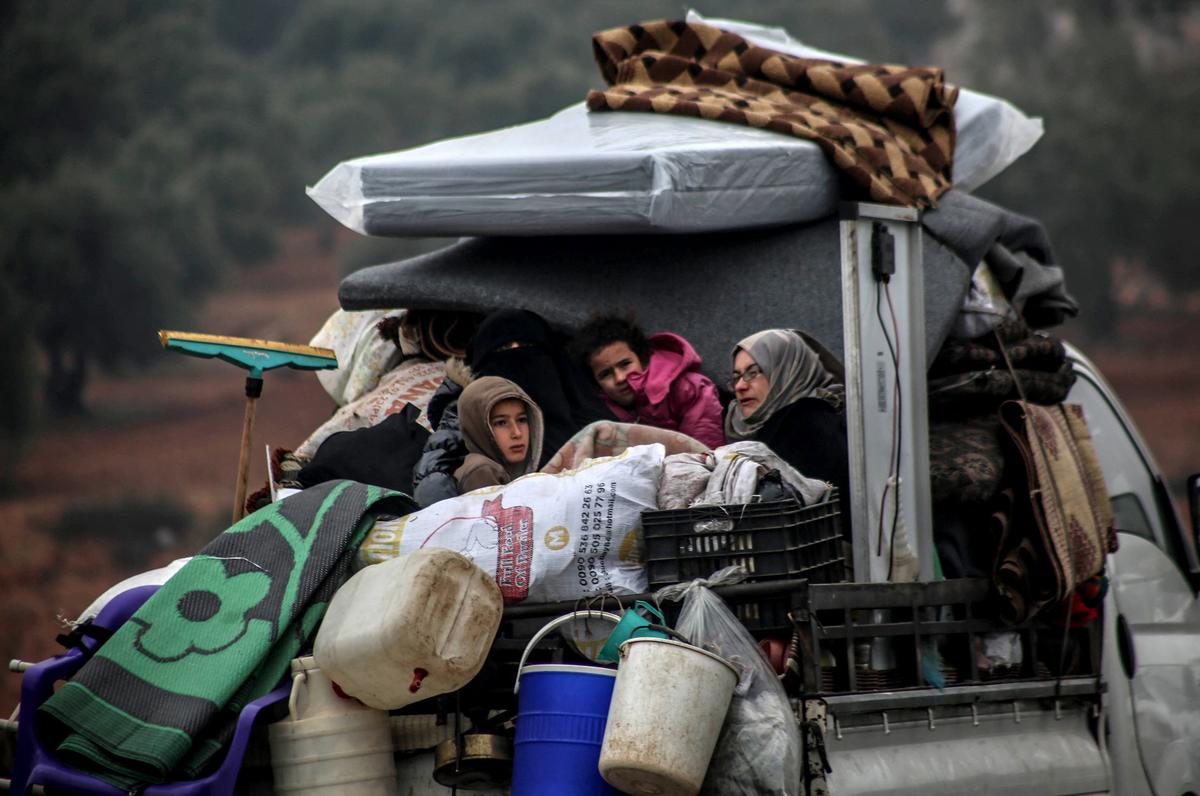New wave of internal displacement in Yemen
New wave of internal displacement in Yemen
More and more Yemeni civilians are fleeing embattled Sa'ada province in northern Yemen as the fighting between government troops and Al Houti forces enters the fourth month. They are seeking shelter in camps and with host families in the neighbouring southern provinces of Hajjah and Amran. This new displacement puts increasing pressure on UNHCR's attempts to alleviate the suffering of the people in need.
Over the past few days, some 150 new families (approximately 800-900 people) have been arriving every day at Al Mazrak camp in Hajjah province. This is a significant increase over the 20 to 30 families per day in the previous weeks. The camp has now exceeded its capacity with nearly 10,000 internally displaced people living there. The latest sudden influx is adding more pressure on an already dire situation, and overcrowding in the camp is becoming a major concern. Three or four families now share a tent normally meant for one.
Ms. Janet Lim, UNHCR's assistant high commissioner for operations, who is in Yemen reviewing operations there, yesterday visited Al Mazrak camp, which has already been expanded twice. In the camp she met a number of Yemeni families who are becoming concerned about the approaching winter. Most of the internally displaced people (IDPs) in Al Mazrak camp are women and children. Ms. Lim yesterday opened a centre designed to serve only women and allow them to feel safe in seeking help for their special health and protection concerns, and simply to give them some much-prized privacy. A number of IDPs told her over-crowding is a major concern and that they don't have enough tents, mattresses or latrines. Lim promised to work together with the IDPs themselves to quickly make life as normal as possible, especially if the people have to stay there along time.
While improvement of the living conditions in the camp remains a priority, UNHCR is also ready to assist local authorities and NGOs in speeding up the construction of Al Mazrak II camp. The second camp will be able to house up to 1,000 families (up to 6,000 people) and is expected to start receiving IDPs in the coming days.
Meanwhile, with the new rise in displacement figures and the anticipation of a continuous influx of IDPs, UNHCR will also continue to extend assistance to those who sought shelter with the local community. In general, host families and local communities accommodate the majority of the displaced population in Yemen.
An estimated 175,000 people have been affected by the conflict in Yemen since 2004, including those displaced by the latest crisis.












